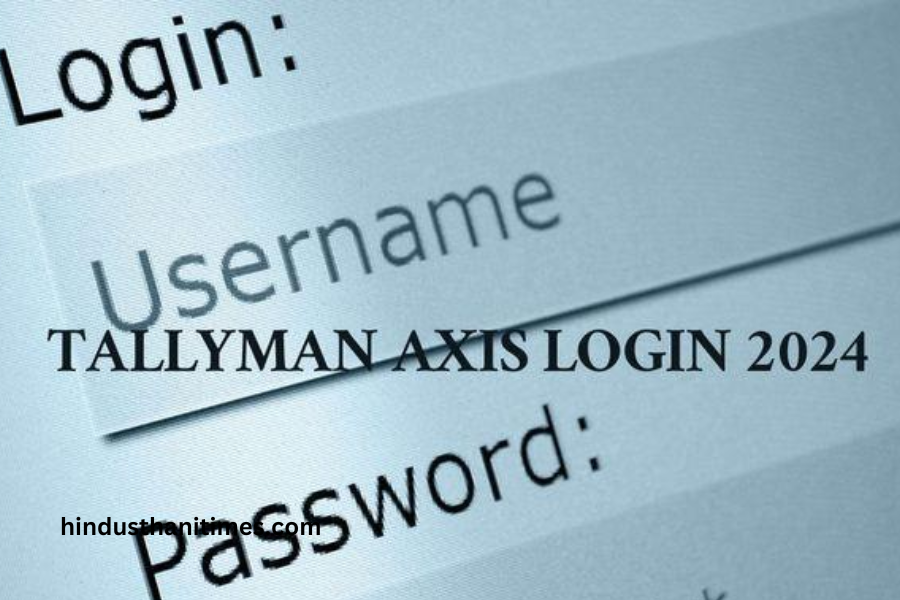A microfinance collection repository is a digital platform that allows microfinance institutions to efficiently manage their loan collection process. It serves as a central hub where all loan data is stored, organized, and easily accessible. This article will explore the importance of a microfinance collection repository, its features, benefits, and how to choose the right one for your organization. We will also discuss the challenges associated with implementing and managing a microfinance collection repository, along with best practices and case studies of successful implementations.
What is a Microfinance Collection Repository?
A microfinance collection repository is a software solution specifically designed to streamline and automate the loan collection process for microfinance institutions. It acts as a centralized database where all loan-related information is stored, including borrower details, repayment schedules, and transaction history. This repository allows microfinance institutions to efficiently manage and track loan collections, reducing manual errors and improving overall productivity.
Importance of a Microfinance Collection Repository
Managing loan collections is a critical aspect of microfinance operations. Without an efficient system in place, institutions may face challenges such as data inconsistencies, delayed payments, and difficulties in tracking borrower information.
A microfinance collection repository addresses these issues by providing a secure and organized platform that ensures accurate recording and tracking of loan repayments. It also enables institutions to generate real-time reports and analytics, facilitating better decision-making and risk management.
Features of a Microfinance Collection Repository
A microfinance collection repository comes with a range of features that enhance the loan collection process. Some key features include:
- Loan Management: The repository allows institutions to create and manage loan accounts, track repayment schedules, and generate automated payment reminders for borrowers.
- Transaction Tracking: It provides a comprehensive record of all loan-related transactions, including payment receipts, penalties, and interest calculations.
- Borrower Database: The repository maintains a centralized database of borrower information, including contact details, demographics, and credit history. This ensures accurate and up-to-date borrower records.
- Document Management: Institutions can upload and store borrower documents, such as identification proofs and loan agreements, securely within the repository.
- Reporting and Analytics: The repository generates customizable reports and analytics, providing insights into loan performance, portfolio quality, and collection efficiency.
Benefits of Using a Microfinance Collection Repository
Implementing a microfinance collection repository offers several benefits for microfinance institutions, including:
- Efficiency: The repository automates manual tasks, reducing the time and effort required for loan collection. This allows institutions to focus on other critical areas of their operations.
- Accuracy: By eliminating manual data entry and calculations, the repository minimizes the risk of errors and ensures accurate loan tracking and reporting.
- Improved Productivity: With streamlined processes and automated reminders, institutions can improve their collection efficiency and productivity.
- Risk Management: The repository provides real-time insights into loan performance and portfolio quality, enabling institutions to identify and mitigate potential risks.
- Data Security: A microfinance collection repository offers secure data storage and access controls, protecting sensitive borrower information from unauthorized access.
How to Choose the Right Microfinance Collection Repository
Choosing the right microfinance collection repository is crucial for the success of your organization. Here are some factors to consider when making your selection:
- User-Friendliness: Look for a repository with an intuitive and user-friendly interface, as this will ensure easy adoption and minimal training requirements for your staff.
- Customization: Consider whether the repository can be customized to meet your organization’s specific requirements. This includes the ability to add custom fields, create tailored reports, and configure workflows.
- Integration: Ensure that the repository can seamlessly integrate with your existing systems, such as accounting software or loan origination platforms. This will facilitate data exchange and streamline processes.
- Scalability: Consider the scalability of the repository, especially if your organization is planning to expand its operations. The repository should be able to handle a growing volume of loan accounts without compromising performance.
- Vendor Support: Evaluate the level of support provided by the repository vendor. Look for a vendor that offers training, ongoing technical support, and regular updates to ensure the repository remains up-to-date and compatible with your evolving needs.
Implementing a Microfinance Collection Repository in Your Organization
Implementing a microfinance collection repository requires careful planning and execution. Here are some steps to guide you through the implementation process:
- Assess your needs: Identify your organization’s specific requirements and challenges related to loan collection. This will help you define the scope of the repository implementation project.
- Select a vendor: Research and evaluate different repository vendors based on your needs and budget. Request demos and references to assess the suitability and reliability of the solution.
- Define workflows: Map out your loan collection processes and define how the repository will fit into your existing workflows. This includes determining roles and responsibilities, configuring automation rules, and establishing data entry protocols.
- Data migration: Plan and execute the migration of existing loan data into the repository. Ensure data integrity by performing thorough data validation and testing.
- Training and adoption: Train your staff on how to effectively use the repository and encourage adoption by highlighting the benefits it brings to their daily tasks. Provide ongoing support and address any concerns or challenges during the transition period.
Challenges of Using a Microfinance Collection Repository
While a microfinance collection repository offers numerous benefits, there are some challenges that organizations may face during its implementation and usage. These challenges include:
- Data quality and integrity: Ensuring the accuracy and integrity of data within the repository can be a challenge, especially during the initial data migration process. Regular data audits and validation checks are essential to maintain data quality.
- Change management: Getting staff to adapt to a new system and change their existing processes can be met with resistance. Proper training and communication are key to overcoming this challenge.
- Technical issues: Like any software solution, a repository may face technical issues or compatibility problems. Having a dedicated IT support team or a reliable vendor can help address these challenges promptly.
- Security concerns: Storing sensitive borrower data within a repository raises security concerns. Implementing robust data encryption, access controls, and regular security audits can mitigate these risks.
Best practices for managing a Microfinance Collection Repository
To effectively manage a microfinance collection repository, consider the following best practices:
- Regular data backups: Perform regular backups of your repository data to protect against data loss or corruption.
- Data validation and cleaning: Conduct periodic data validation and cleaning exercises to ensure data accuracy and integrity.
- User access controls: Implement role-based access controls to restrict access to sensitive data and functionalities within the repository.
- Continuous training and support: Provide ongoing training and support to your staff to maximize their proficiency in using the repository and address any questions or concerns.
- Regular system updates: Stay up-to-date with the latest repository updates and patches to ensure optimal performance and security.
Case Studies of Successful Microfinance Collection Repository Implementations
Case Study 1: XYZ Microfinance Institution
XYZ Microfinance Institution successfully implemented a microfinance collection repository, resulting in a 30% reduction in loan collection time. The repository’s automated payment reminders and real-time reporting capabilities allowed the institution to proactively address delinquencies and improve overall collection efficiency.
Case Study 2: ABC Microfinance Organization
ABC Microfinance Organization implemented a microfinance collection repository to streamline their loan collection process across multiple branches. The repository’s centralized database and reporting features enabled the organization to track loan performance and identify areas for improvement. As a result, they experienced a 25% increase in collection rates and reduced collection costs by 20%.
Conclusion
A microfinance collection repository is a valuable tool for microfinance institutions to effectively manage their loan collection processes. By providing a centralized hub for loan data, automating tasks, and offering real-time insights, a repository enhances efficiency, accuracy, and risk management. When choosing a repository, consider factors such as user-friendliness, customization options, integration capabilities, scalability, and vendor support. Implementing and managing a repository requires careful planning, training, and addressing challenges related to data quality, change management, technical issues, and security concerns. By following best practices and learning from successful case studies, microfinance institutions can leverage a collection repository to optimize their loan collections and drive financial inclusion.



